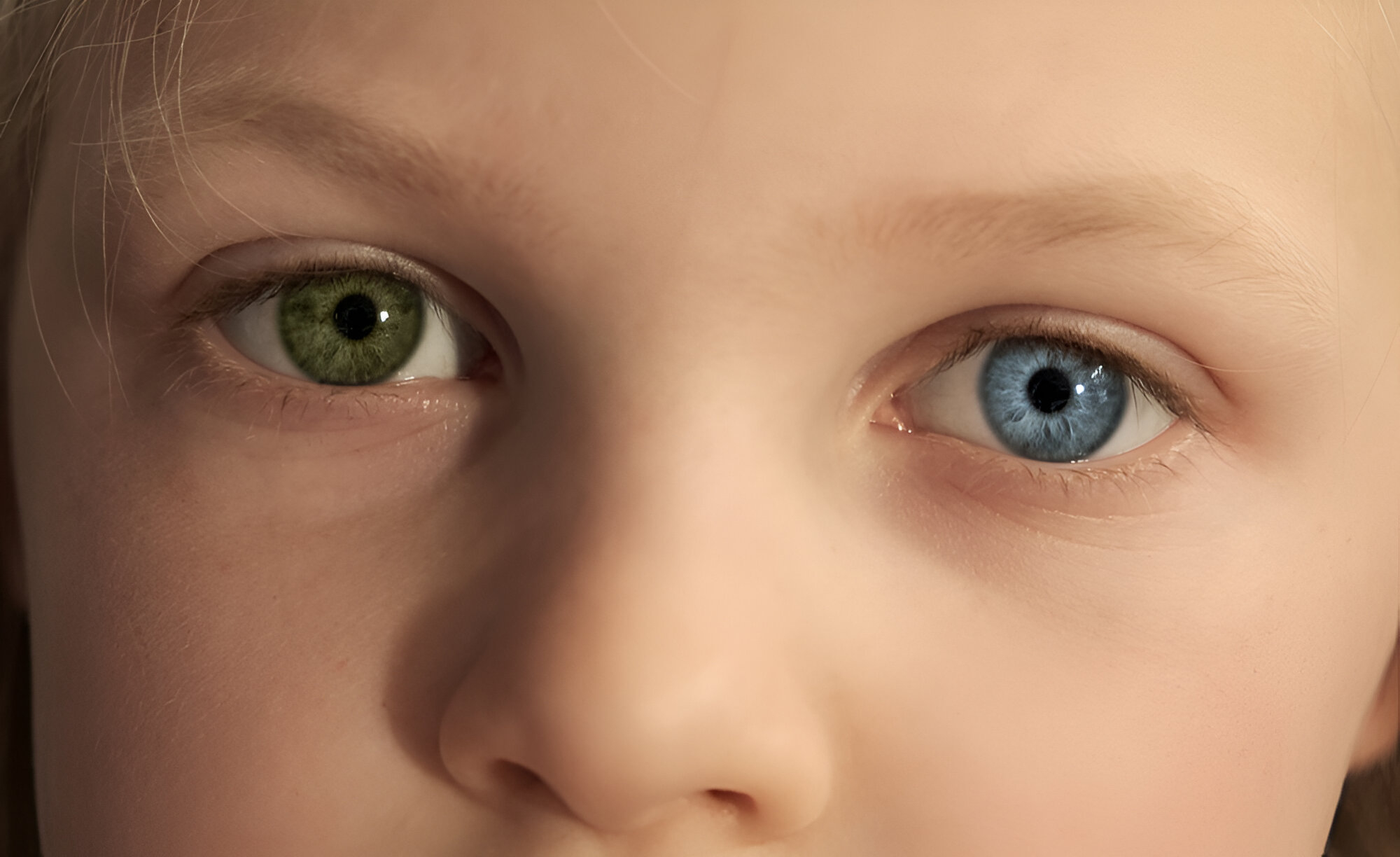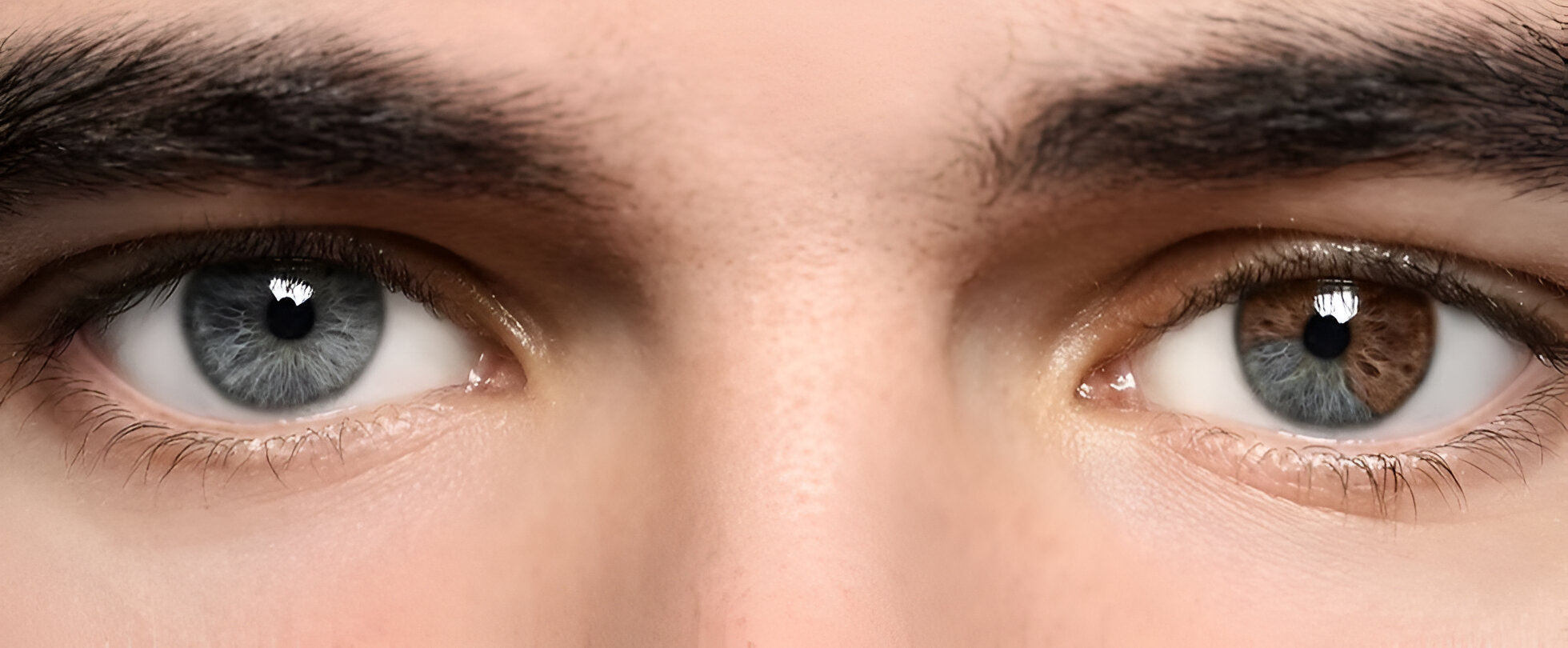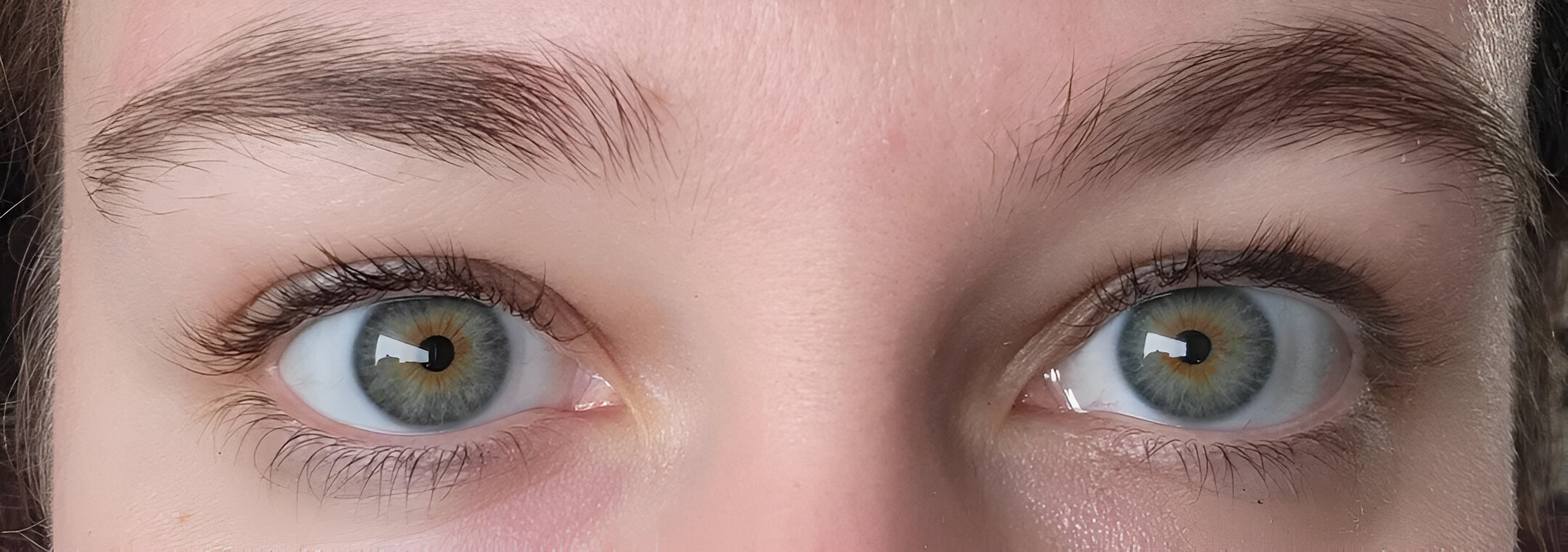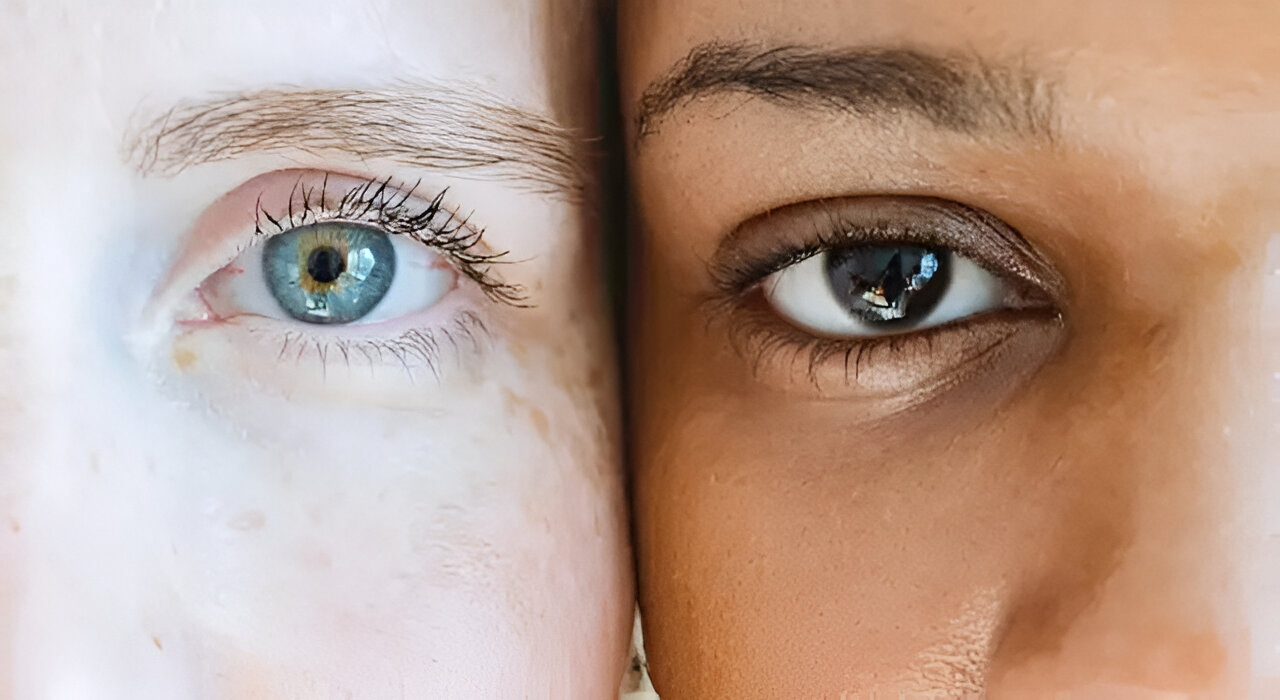
Have you ever noticed someone with two different-colored eyes? It’s rare, striking, and often sparks curiosity. This fascinating condition is known as heterochromia, and while it may look unusual, it’s usually harmless.
Let’s explore what heterochromia is, what causes it, and the different types that exist—plus a few famous faces who’ve helped bring attention to this rare phenomenon.
What is Heterochromia?
Heterochromia refers to a difference in coloration, usually of the iris, but it can also affect hair or skin. In the context of eye color, it means one eye is a different color from the other, or one part of the iris is a different color from the rest.
Heterochromia can be:
-
Complete (heterochromia iridum): One eye is a completely different color from the other.

-
Sectoral (or partial heterochromia/Heterochromia Iridis): A portion of one iris is a different color than the rest of the same eye.

-
Central heterochromia: The eye has two different colors—typically a ring of one color around the pupil and another color toward the edge of the iris.

What Causes Heterochromia?
Heterochromia is typically caused by variations in melanin distribution—the pigment that gives color to the eyes, skin, and hair.
Common causes include:
1. Genetic (Congenital) Heterochromia
-
Present at birth
-
Often hereditary and harmless
-
Usually not linked to any disease or health condition
2. Acquired Heterochromia
-
Develops later in life due to:
-
Eye injury or trauma
-
Certain medications (e.g., prostaglandin analogs used in glaucoma)
-
Eye surgeries
-
Inflammatory conditions like uveitis
-
Rarely, tumors or systemic diseases like Horner’s syndrome or Waardenburg syndrome
-
If heterochromia appears suddenly or changes over time, it’s important to consult an eye care professional to rule out underlying causes.
How Common is Heterochromia?
Heterochromia is very rare in humans. It’s estimated to occur in fewer than 1% of the population. Interestingly, it’s much more common in animals—especially in certain breeds of dogs (like Huskies), cats (such as Turkish Vans), and horses.
Famous People with Heterochromia
Heterochromia has graced the eyes of several celebrities, adding to their unique charm:
-
Kate Bosworth – Known for sectoral heterochromia (one eye is half blue and half hazel)
-
Mila Kunis – Reportedly developed heterochromia after an eye condition
-
Henry Cavill – Has Heterochromia Iridis, with blue eyes and a ring of brown around the pupils
-
David Bowie – Though often mistaken for heterochromia, he had a permanently dilated pupil from an injury
Is Heterochromia Dangerous?
In most cases, no. Congenital heterochromia is usually harmless and simply a result of genetic variation. However, if heterochromia is new or changing, it could be a sign of an underlying eye or systemic issue.
It’s a good idea to get checked if:
-
Eye color changes over time
-
There’s associated vision loss or discomfort
-
The change occurs after injury or surgery
Heterochromia and Eye Health
While heterochromia itself rarely affects vision or eye function, it reminds us of the complex role melanin plays in eye health. Melanin doesn’t just give color—it helps protect the eyes from UV light, regulate light absorption, and maintain healthy retinal function.
Final Thoughts
Heterochromia is a beautiful example of human variation—each case unique and captivating. Whether complete or partial, it often adds an element of mystery to a person’s appearance.
If you or someone you know has heterochromia, embrace it! It’s a rare and wonderful trait that’s not just visually striking, but also biologically intriguing.



